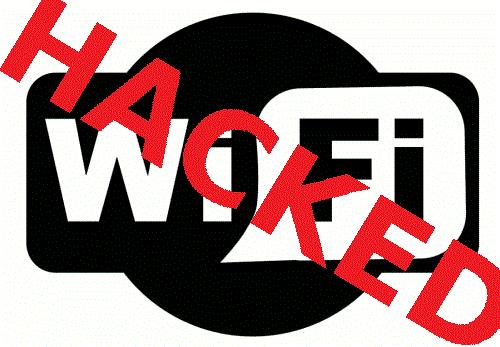
Security researchers have discovered a vulnerability in the WPA2 wireless protocol. The exploit is called KRACK, short for Key Reinstallation Attacks that can allow hackers to snoop on WiFi connections and inject data into WiFi streams to do things such as install malware and other rogue actions such as steal passwords, emails, and other data.
Microsoft issued an update during last week’s October patch release that fixes the problem on Windows OS, if you have not updated your Windows installation it is recommended you do so immediately. Microsoft has stated that even when the vulnerability is patched within Windows, router firmware and Wifi drivers installed or connected to Windows machines that have not been updated can still be affected. To fully protect yourself, Windows users should also install patched WiFi drivers and router firmware if available, in addition to the patch Microsoft released for Windows.

